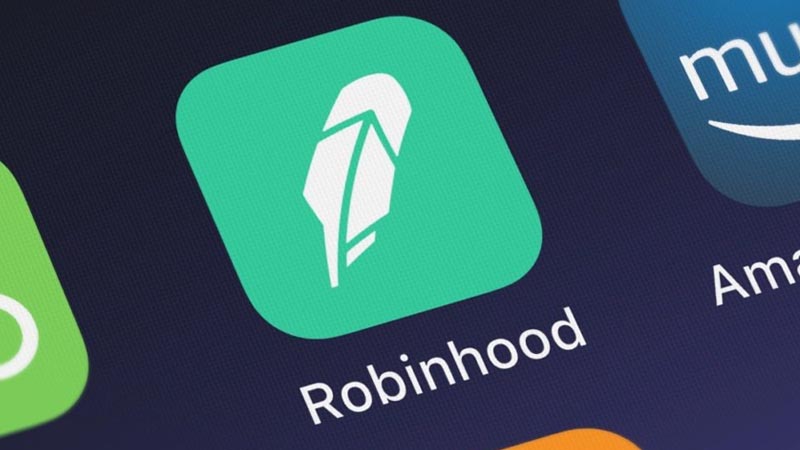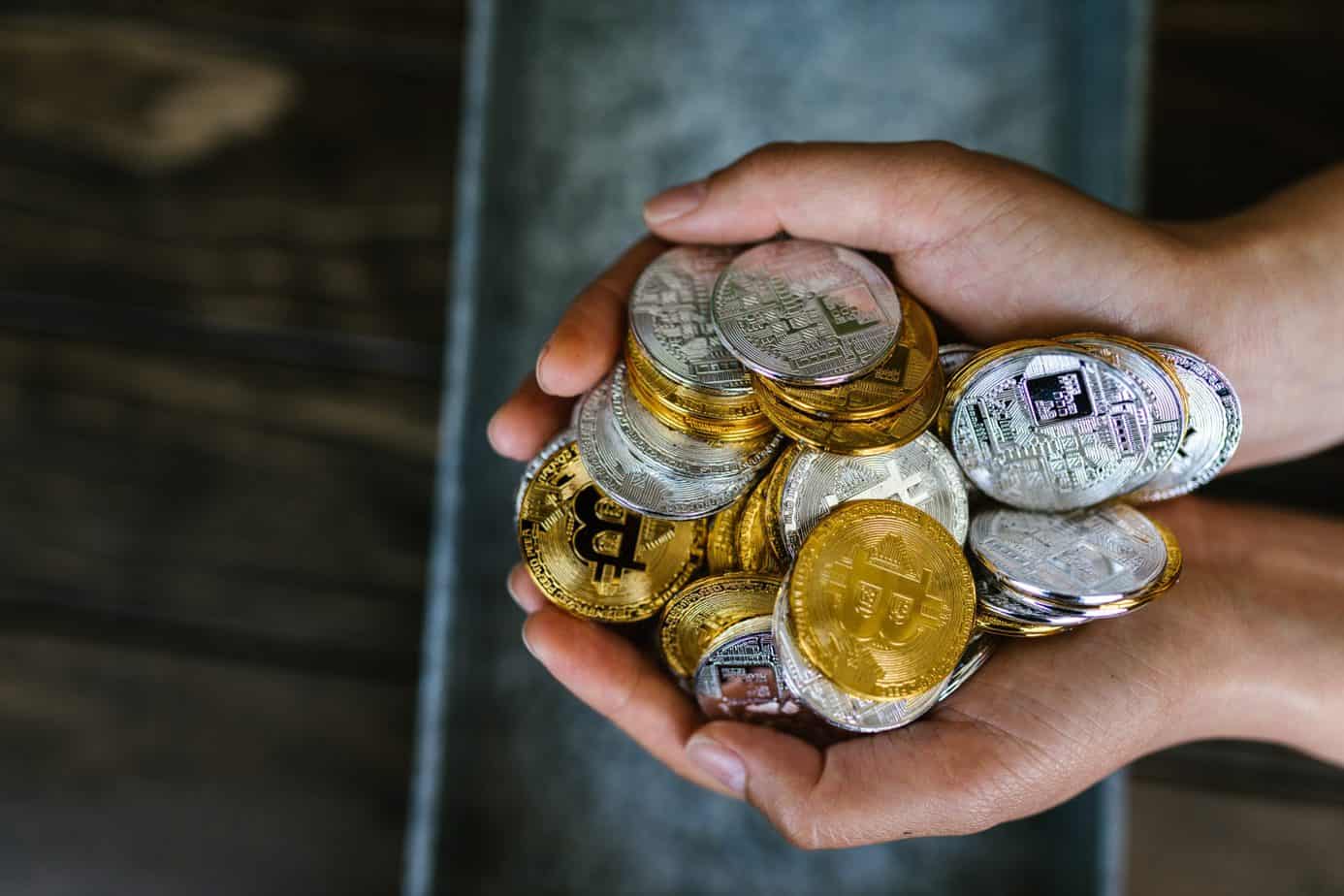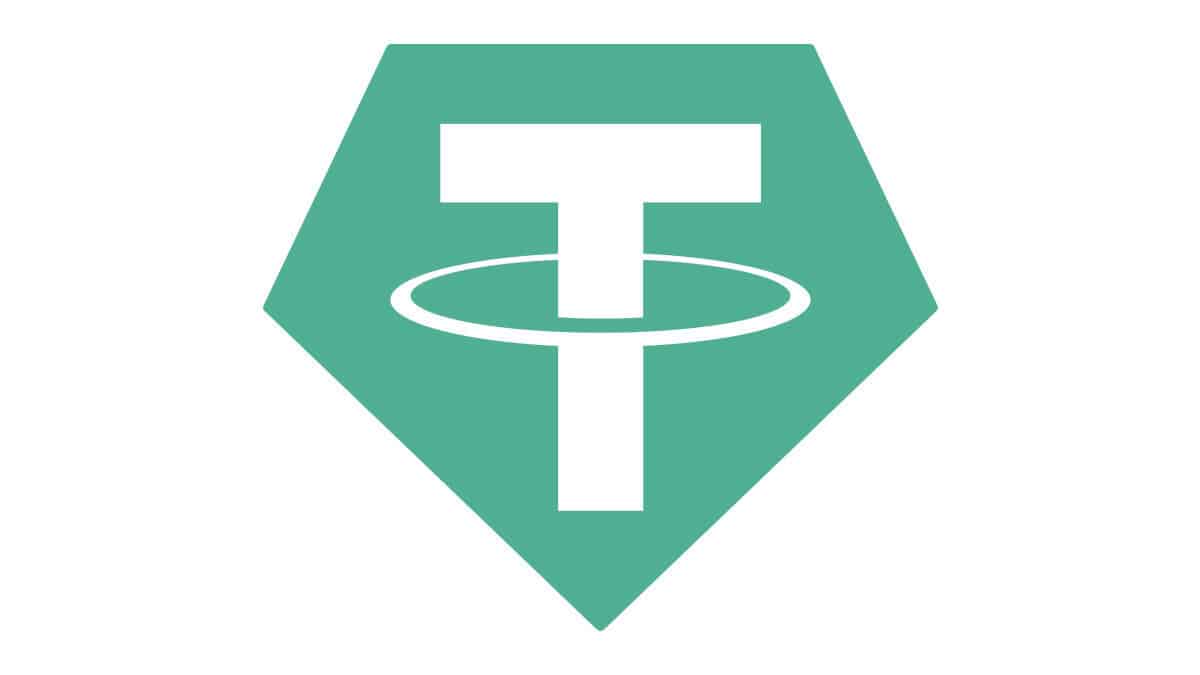Last Updated on
Tether Limited, a business that runs a platform that issues blockchain-based assets correlated to the value of fiat currencies, is the company behind the first and most popular stablecoin.
Currently, Tether supports four stablecoins: USDT, CNHT, EURT, and XAUT, a stablecoin backed by 1 oz. of gold. These stablecoins are backed up by currencies such as the U.S. dollar, Chinese yuan, and euro, respectively.
Tether to USD Chart
[ccpw id=”160842″]
Convertor
[ccpw id=”160843″]
Coin Project
[ccpw id=”160845″]
There is a new category of digital assets known as stablecoins, and they are beginning to find use cases beyond the realm of traditional trading. For example, conventional cross-border payments are an industry that could benefit from using stablecoins. The biggest companies in the world have adopted the idea, though. For instance, Facebook declared in 2019 that it intended to introduce Libra, its own stablecoin. USDT is still one of the biggest and most popular stablecoins.
Tether Limited maintains an equivalent dollar value for each USDT token it issues. The firm’s reserves are said to be worth the same as all USDT.
The reason stablecoins are valuable is that they give traders a strong tool for avoiding the occasionally extremely volatile cryptocurrency markets. A trader might lower their risk of exposure to a sharp decline in the price of cryptocurrencies, for instance, by shifting value to USDT. Users who want to benefit from cryptocurrency’s efficiency and transparency while also being protected from price volatility may be interested in purchasing Tether.
Using USDT instead of dollars also eliminates transaction fees and delays that hinder trade execution in the cryptocurrency market.
When the company first came out with USDT in 2014, its goal was to make traditional fiat currencies work better with newer crypto assets, which were traded all the time on a busy global market.
As soon as a USDT is created and released, it can be transferred, stored, and used by a wide range of companies (exchanges, wallets, financial services), as well as by private traders who want to stay away from the sometimes wildly volatile cryptocurrency markets.
Tether has also proven to be an effective tool for exchanges, enabling them to expand the number of trading pairs they offer while facilitating activity in regions where cash trading might not be possible.
Markets
[ccpw id=”41288″]
Wallets
| Ledger | Visit website |
| Trezor | Visit website |
| Math Wallet | Visit website |
| Trust Wallet | Visit website |
| BTC Wallet | Visit website |
| Electrum | Visit website |
| Coinbase | Visit website |
| Cobo | Visit website |
News
You might be interested in

Around 7 million Robinhood users affected by data breach

Bitcoin ETF: What is it, price, and ticker symbol


FAQs
Who is the founder of Tether?
Tether’s beginnings can be traced back to the early 2010s when technology experts first started to hypothesize that Bitcoins might be altered to represent different kinds of assets.
As it turned out, Realcoin (a startup), and Bitfinex (a cryptocurrency exchange), started working on the concept that the Bitcoin blockchain could be used as a platform for issuing money. The two initiatives would eventually combine their efforts to form Tether Limited.
Does the price of Tether ever change?
The value of Tether has occasionally moved above and below its target peg, so traders should be aware of this.
For instance, the price has occasionally been affected by investor confidence in the extent to which Tether was fully backed by assets held in custody by Tether Limited.



